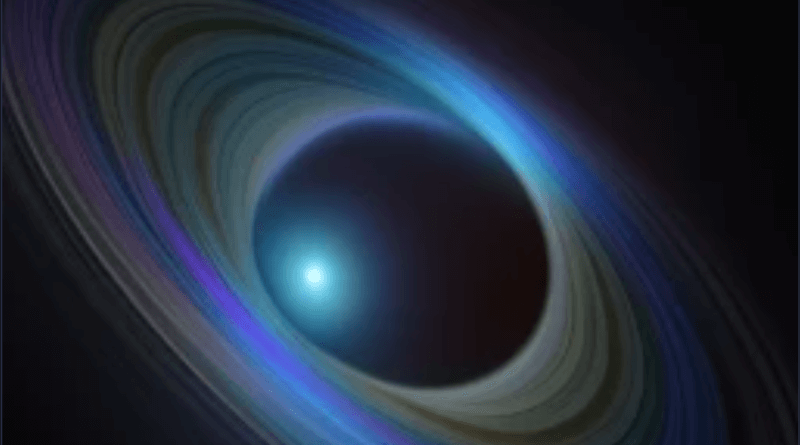Space Is The Place: The Night Sky Over Belper, May 2023
May’s Night Sky: Venus is the most visible planet, blazing in the evening sky; Mars is in the constellation of Cancer; Spot Leo… and Happy Birthday Sun Ra!
Sun Ra’s Birthday: 22nd of May
This column is named after the Sun Ra composition – Space Is the Place. Sun Ra was a modern jazz composer, band leader, poet and afro-futurist; linked in to the cosmological vibes of the universe. See an appreciation here: Alien Encounters: Sun Ra, Nottingham Art Gallery
“In some far off place / Many light years in space / I’ll build a world of abstract dreams / And wait for you”
(Headline Image -generated by Craiyon using the prompt: Cosmic Vibrations From Saturn)
Spring Meteor Showers
Eta Aquarids Meteor Shower: 19th April – 26th of May.
Although the peak of the Eta Aquarids has passed, they may produce a few visible meteors up to the 26th of May
The Constellation Of Leo
May is a good time to explore the constellation of Leo. On the 26th the Moon will appear to be close to the bright star, Regulus. Regulus is at the bottom of the backwards ? that helps you to identify Leo (see Space is The Place, May 2021 for more information and how to use Regulus to find the double star, Algieba).
The Moon
22 – 24th of May: Over these nights the crescent Moon will appear to pass Venus and Mars.
25th of May: A crescent Moon appears to be close to Mars.
26th of May: The Moon is close to the star Regulus. Use it as a guide to find the constellation of Leo.
The Planets
Venus continues to blaze away in the evening sky. It shines low in the west: bright and unmistakable and makes a nice pairing with the crescent Moon on the 22nd and 23rd of May.
Mars moves into the constellation of Cancer. Mars appears to be close to the crescent Moon on the 24th of May, look for it then, it is much dimmer than Venus but distinctly red.
The International Space Station
`
The International Space Station is one of the brightest objects in the night sky. It is not hard to spot and flies-past periodically throughout the year. Fly-pasts tend to swing from PM to AM. Typically ISS will be in the sky for up to four minutes at a time. It moves slowly across the sky, at first bright and then fading as it moves over the horizon.
Evening sightings are possible between Friday 12th May and Friday 19th May. Check NASA’s Spot the Station site for possible sightings later on in May. You may also want to sign up to the Alerts Site – which gives advance warning of the most prominent sightings.

